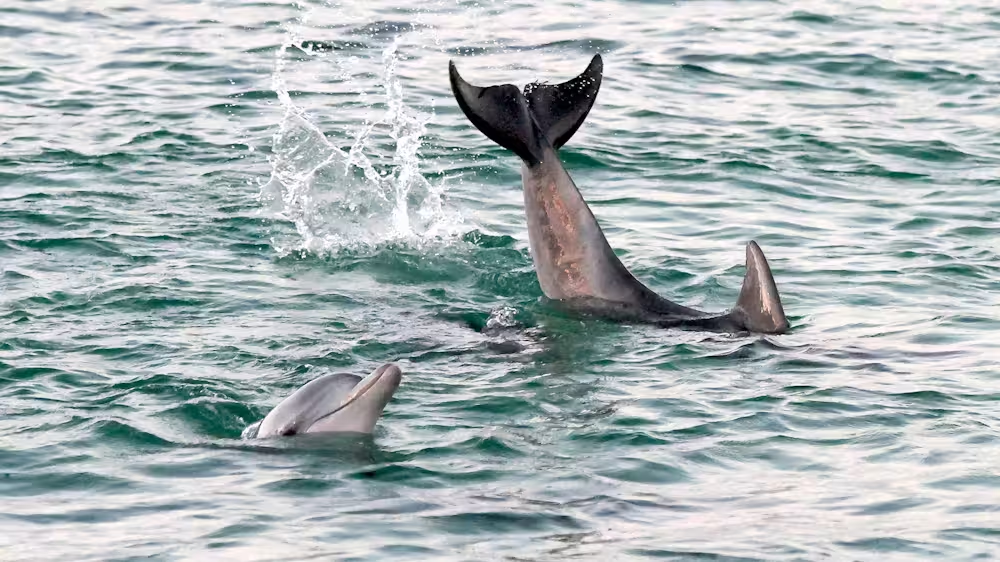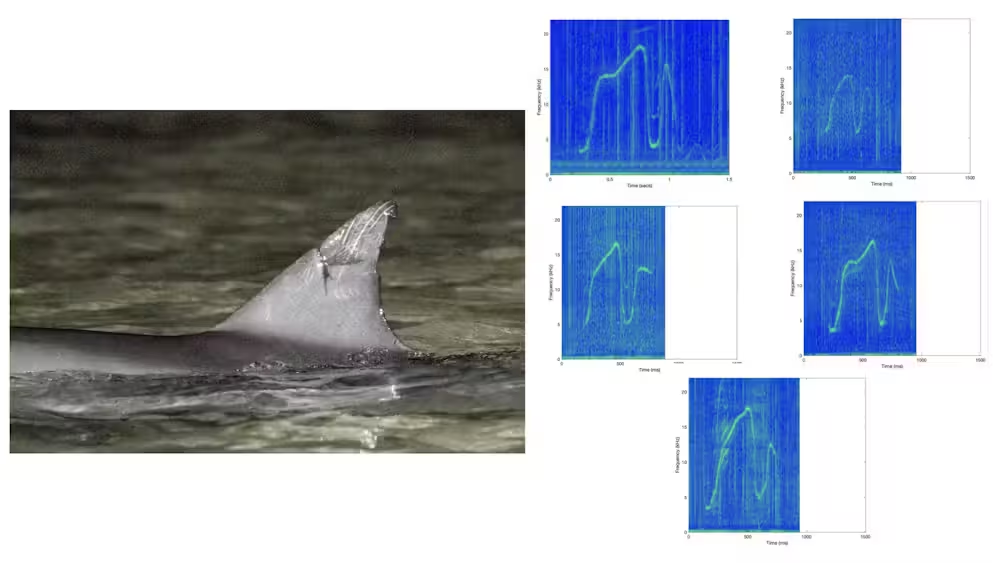4 Minutes
Exploring the Social Intelligence of Dolphins
Dolphins stand out in the animal kingdom not just for their complex behaviors, but also for their intricate social structures and communication systems. Much like humans, dolphins form tight-knit groups alongside broader networks of acquaintances, balancing social bonds that are critical for survival. Their reliance on sophisticated vocal signals mirrors the complexities found in primate or elephant societies, yet dolphins offer unique opportunities to study the evolution of animal communication.
The Role of Signature Whistles in Dolphin Communication
Central to dolphin social life is the "signature whistle"—a distinct vocalization pattern that acts as an acoustic name, unique to each individual. These whistles are established early in a dolphin’s life and remain remarkably consistent over the years, serving as a stable marker of identity within ever-changing communities. Signature whistles can make up to 30% of an individual's calls during social interactions, highlighting their importance in maintaining group cohesion and individual recognition.
But research continues to uncover layers of meaning within these vocalizations. Dolphins use a broad repertoire of sounds, including burst-pulse clicks and whistles, but only the signature whistles serve as individualized calls. These are not static signals; subtle variations occur in each rendition, prompting researchers to ask—could signature whistles carry additional information beyond simple identification?

Investigating Whistle Variability: Field Study Highlights
Recent studies conducted at Tangalooma Island Resort, near Moreton Island off Australia’s east coast, shed light on the complexities of dolphin signaling. In 2017 and 2018, scientists recorded the vocal behaviors of Indo-Pacific bottlenose dolphins (Tursiops aduncus), building an extensive library of signature whistles from both new and archived samples dating back 15 years.
Analysis showed that while the core frequency patterns of each dolphin’s signature whistle remained highly stable over time, subtle variability persisted—suggesting a capacity to encode additional cues, perhaps related to emotional state, social context, or intent. Interestingly, the degree of this variability differed by sex: males appeared to produce more variation in their whistles than females, a finding that may relate to the distinctions in male and female social strategies.
Additionally, the team identified instances of "shared" whistles among several individuals. These group-shared calls hint at another layer of dolphin communication, reinforcing previous reports that dolphins can possess both individual and communal vocal labels.

The Function and Versatility of Signature Whistles
The evidence points to signature whistles being more than simple names. Like human faces—which carry both enduring identity information and fleeting emotional or contextual signals—dolphin whistles blend consistency with adaptability. Dolphins may use the subtle modulations in their whistles much as people use facial expressions: to signal interest, alarm, presence, or other social nuances.
This growing understanding of dolphin communication aligns with broader trends in marine mammal science, where researchers increasingly uncover parallel forms of intelligence and expressiveness to those seen in land mammals. The adaptability and richness of dolphin vocalizations highlight the evolutionary pressures shaping communication in complex social environments.
The Challenge of Noise Pollution: A Threat to Dolphin Society
Understanding how dolphins navigate their sonic world illuminates the grave dangers posed by noise pollution in marine environments. For humans, urban noise may be bothersome but rarely blocks essential social cues. For dolphins, however, incessant shipping noise is akin to a visual world blurred beyond recognition. In such an environment, dolphins would struggle to identify other individuals, perceive shared emotions, or maintain social bonds—threats with profound relevance for their survival and reproductive success.

Experts in marine bioacoustics are increasingly raising the alarm about the risks of growing anthropogenic noise. Yet, public awareness is scant, and mitigation remains a pressing challenge for ocean conservation. By recognizing the signature whistle as a core piece of a dolphin's "social toolkit," akin to a human face in an ever-crowded room, we can develop deeper empathy—and more effective policies—to protect these remarkable marine mammals.
Conclusion
Signature whistles represent an extraordinary evolutionary solution to the demands of life in complex social networks. Not only do they serve as personal identifiers, but they also appear to transmit contextual and emotional information, drawing compelling parallels with human nonverbal communication. As scientists delve deeper into the nuances of dolphin vocalizations, their findings underscore the sophistication of animal communication and highlight the urgent need for protecting the acoustic environments that sustain it. By appreciating the full informational content of signature whistles, we edge closer to understanding the inner lives of dolphins—and our responsibility to preserve their world.


Comments